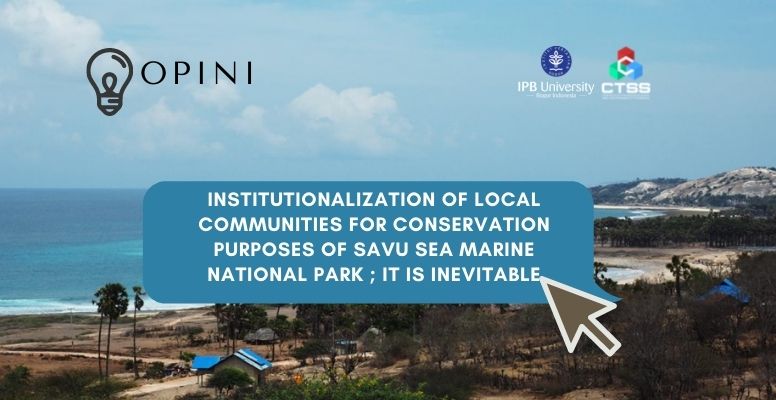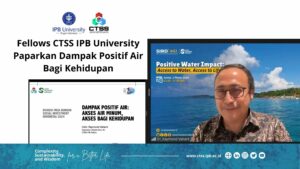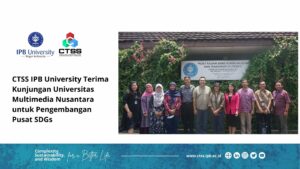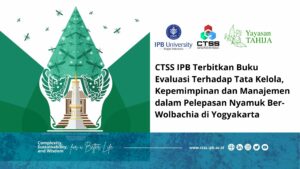Indonesia is committed to sustainable development goals which have been voiced globally through the declaration of 193 countries at the UN forum in 2015. The Sustainable Development Goals (SDGs) have an action plan targeting the 5Ps; People, Planet, Prosperity, Peace, Partnership that are interrelated with each other. The action plan is divided into four development objective; social development, legal and governance development, environmental development and economic development. The circumstance relating to efforts to conserve and to sustainably utilize marine, oceanic and maritime resources for sustainable development are the environmental development goals in goal number 14.
Indonesia’s commitment to conserve and utilize sustainable marine resources has development goals aiming at the sustainability of marine area and the improvement of the community’s economy. To achieve this, the management of conservation areas is divided into several zones that are specifically designated for conservation, utilization and time socio-cultural preservation. This can be seen in the management of marine conservation areas in the Savu Sea Waters Conservation Area. In this area, utilization is divided into several zones; the Core zone, the sustainable fisheries zone consisting of the general sustainable fisheries zone and the traditional sustainable fisheries zone, the marine nature tourism utilization zone, and other zones outside the three main zones consisting of the local wisdom zone and the cetaceans protection zone.
If we perceive from the division of zones, it can be seen that in Savu Sea Marine National Park area, there is a biological wealth that needs to be preserved and the location of the waters is still used traditionally in the social and cultural scope. Meanwhile, in matters relating to the use of the area for improving the community’s economy, there is a natural tourism zone. In terms of protection of marine species, there is a protection zone for whales and dolphins in the cetacean zone.
If we perceive as well from the utilization and management side, the purpose of conservation and utilization for sustainable development in the Savu Sea area requires the contribution and participation of parties, especially community who live closest to the zone. Around the world, there are various methods and approaches applied to conserve the oceans while still providing economic benefits to the community. The approaches implemented also include engaging local communities and local institutions. In general, this involvement is also carried out comprehensively by incorporating elements of traditional governance by the community which have the potential to increase the chances of successful management of marine conservation areas.
The existence of such patterns and approaches provides benefits for community development and institutional capacity building. The community and its institutions have a role to play in determining the success of conservation efforts. On the other hand, the benefits felt by the community in general are the availability of alternative jobs which have implications for the availability of new sources of income. This new source of income can be used as an alternative income that has been relying solely on marine products. Increasing community capacity also has implications for increasing the capacity of existing institutions in villages around marine conservation areas. With the space provided by the owner of the authority or the manager of the marine conservation area, the level of participation, the level of contribution and the role of the community and their institutions become a determining part of the success of conservation goals.
However, conservation efforts with a determined attempt to increase the economy are found in some research results that there is still a bias due to a lack of focus between conservation and economic improvement. Conservation efforts and economic improvement that are linked to the level of community participation are still highly debated. The participatory approach is still being used and is still considered as one of the efforts to achieve conservation success. It is an opportunity to manage marine resources in a sustainable manner by involving local communities and local institutions, yet still there are challenges.





